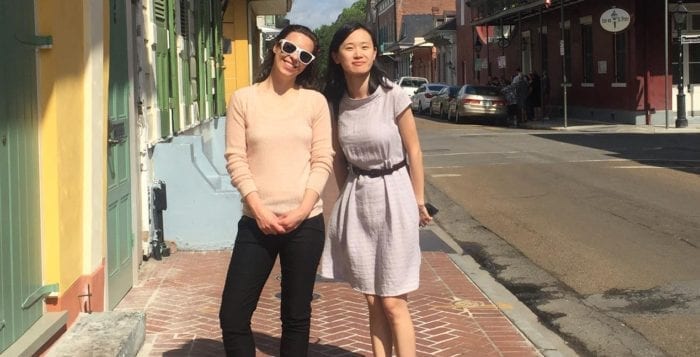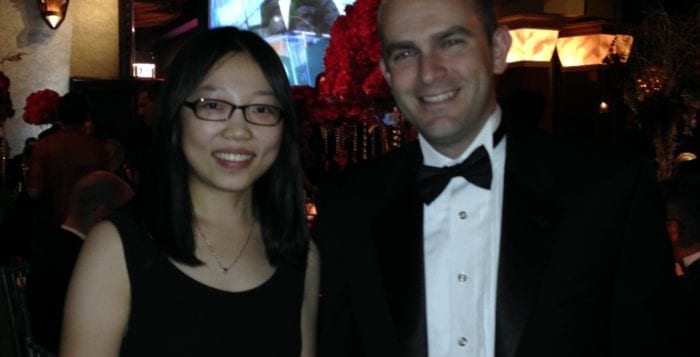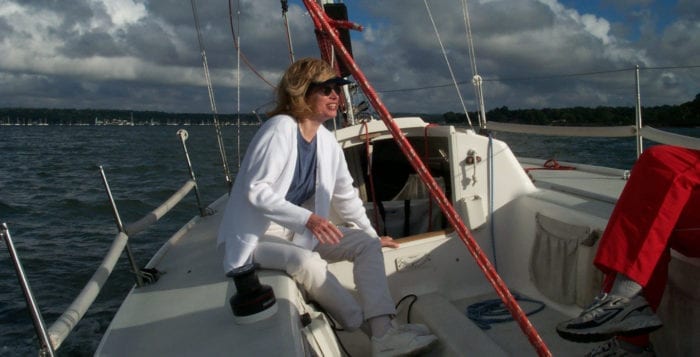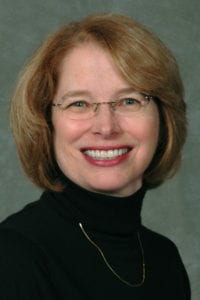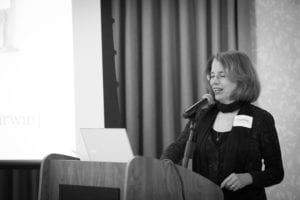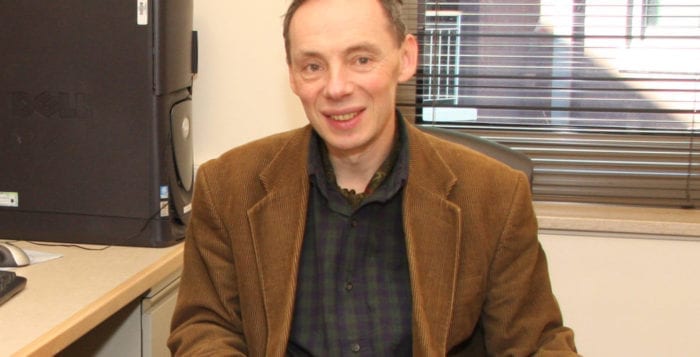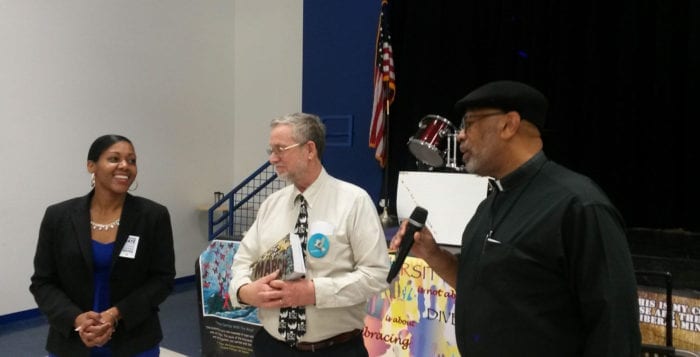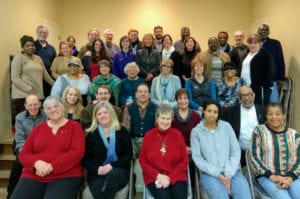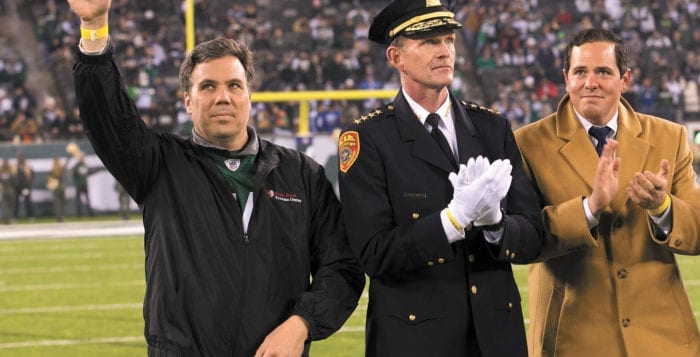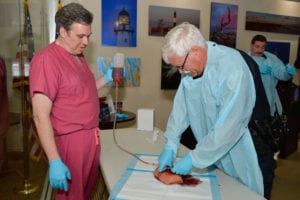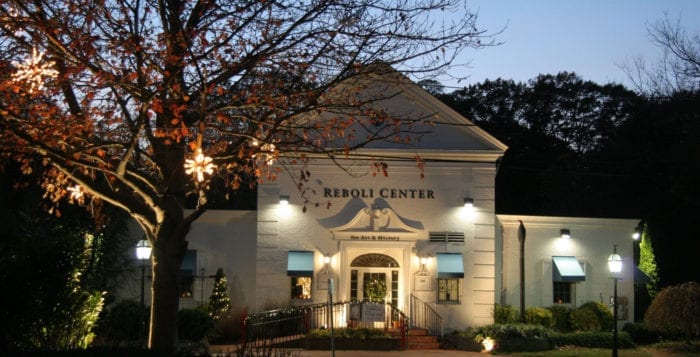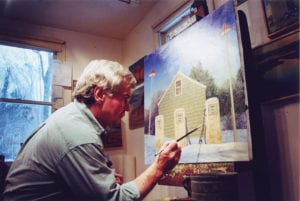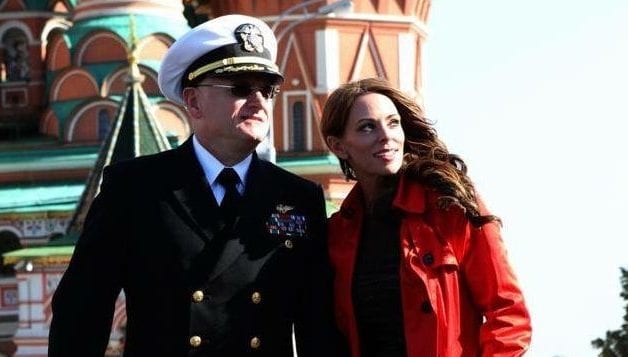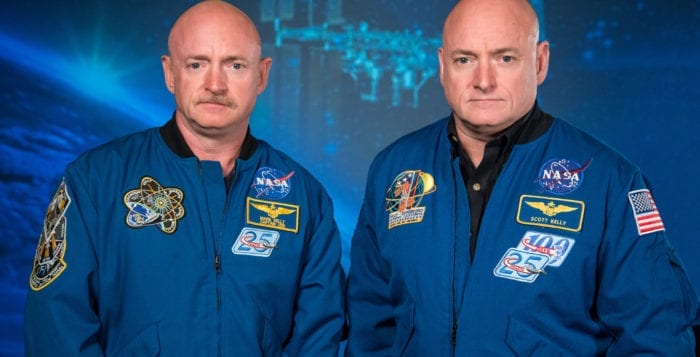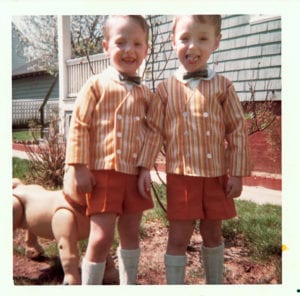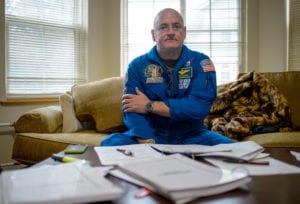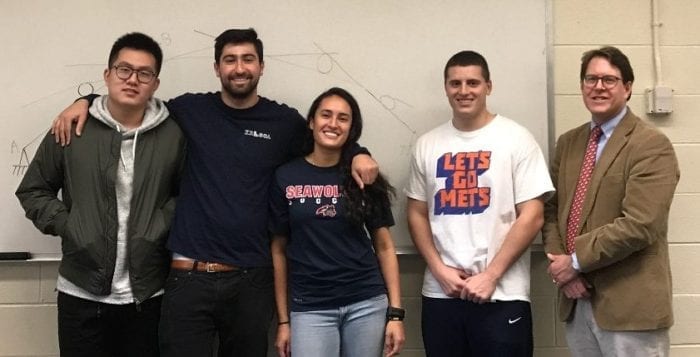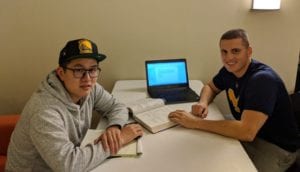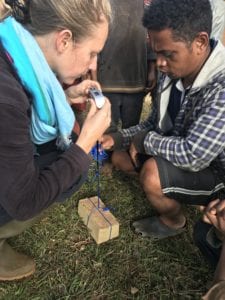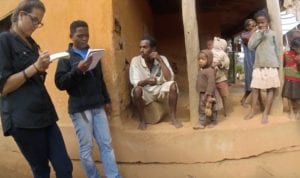By Daniel Dunaief
The story of the genetics of skin pigmentation in humans may have even more layers than the skin itself, depending on how close people live to the equator. The conventional wisdom for skin pigmentation is that it is a relatively simple trait, with a small number of genes accounting for almost half of the variety of skin tones.
That, however, isn’t always the case. Pigmentation genetics likely becomes more complex in populations near the equator or with greater variation in pigmentation, like with the Khoisan living in southern Africa.
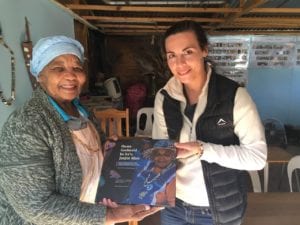
“As you move further toward the equator, the distributions are wide,” Brenna Henn, an assistant professor in the Department of Ecology and Evolution at Stony Brook University, said about the results she, along with collaborators from her lab and from Stanford University, recently published in the journal Cell.
Exploring the genetic determination of skin can serve as a model to understand the broad implications for various genetic variations for different populations as they confront a range of health challenges.
Henn has also worked with tuberculosis studies in South Africa. About one in three people in the world has a latent tuberculosis infection. Researchers have conducted studies to see which genes might be responsible for the different reactions to this disease. Tuberculosis susceptibility studies indicate that different genes may be responsible for infection in different populations, in areas including Russia, West Africa and South Africa.
According to Henn, scientists need to study and understand the disease in different populations to identify, through gene interactions, who will benefit from specific treatments in a vaccination campaign.
When Henn, who is a native of California, started the pigmentation study seven years ago when she was a graduate student at Stanford University, she had considerably different expectations. “When I was a post doc at Stanford, I expected the project to be quick because the genetics of pigmentation in Europeans was relatively well understood,” she explained in an email. When she started analyzing the results, she found that her hypothesis “was not true at all. There are so many different things involved.”
Calling this analysis the “tip of the iceberg,” Henn said she discovered many new genes beyond the ones scientists already knew contributed to skin pigmentation. She estimates that there are 50 if not more genetic sequences involved in skin pigmentation near the equator.
The range of skin pigmentation in South African populations reflected this increased genetic blueprint, with people in these areas demonstrating about twice the variation as people might encounter in a western European population.
These studies require the analysis of considerable data, through a field called bioinformatics, in which researchers analyze and process information through programs that search for patterns. “There’s a huge computational component” to this work, Henn said. “We don’t know where the genes are. We have to sample the entire genome” for as many as 500 people. “This blows up into a computational problem.”
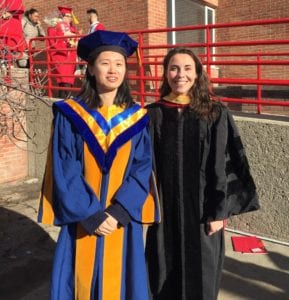
Meng Lin, who worked in Henn’s lab for four and a half years and recently earned her doctorate, performs just such analyses. “We were hoping we’d be able to find some signals that had never been found before, to demonstrate the difference” in the genetic architecture, said Lin, who is now applying for postdoctoral research positions. “Given the prior studies on skin pigmentation traits, the complexity of the genetic architecture we found out was unexpected.”
People near the equator would likely need to have pigmentation that balanced between producing vitamin D from sunlight with protecting their skin from too much exposure to ultraviolet light. In areas such as in Africa, the ultraviolet light can be so strong that “the primary selection factor would be to avoid the photo damage from the strong UV, which favors melanin enriched dark skin pigmentation for photo protection,” Lin explained in an email.
Generally, people further from the equator, such as Scandinavian populations, have lighter skin because they need to process the limited vitamin D they can get, particularly during the darker months. That, however, isn’t the case for the Inuit people, who have darker skin in an area that gets limited sunlight. “Anyone who lives there should be under pressure for light skin,” Lin said. The Inuit, however, are darker skinned, which might be because their diet includes fish and fish oil, which is a rich source of vitamin D. “That would relax the selection force on lighter skin color,” she said.
With people able to travel and live in a wide range of regions across the Earth, selection pressures might be harder to decipher in the modern world. “Travel across continents is a recent” phenomenon, Lin said. The history of such travel freedom is “way too short for changing the genetic components.” Selection pressure occurs over tens of thousands of years, she added.
Diversity and the intake of vitamin D interact closely with each other. They can have impacts on the balance point. Using vitamin supplements could relax the selection on lighter skin, so the balance might shift to a darker population, Lin explained. Other modern lifestyles, such as wearing clothes, staying indoors and consuming vitamin D could complicate this and relax the strength of selection in the future, she added.
A native of China, Lin lives in Port Jefferson Station and enjoys applying math and computer skills to biology. “It’s great fun to solve the questions we have by developing and applying computational methods to existing data,” she said.
After five years at Stony Brook, Henn is transitioning to a position at the University of California at Davis, where she hopes to continue this ongoing work. “We want to follow up on how quickly these selective events occur,” Henn said. She’d like to discover how long it takes for the genetic average of the population to shift.

